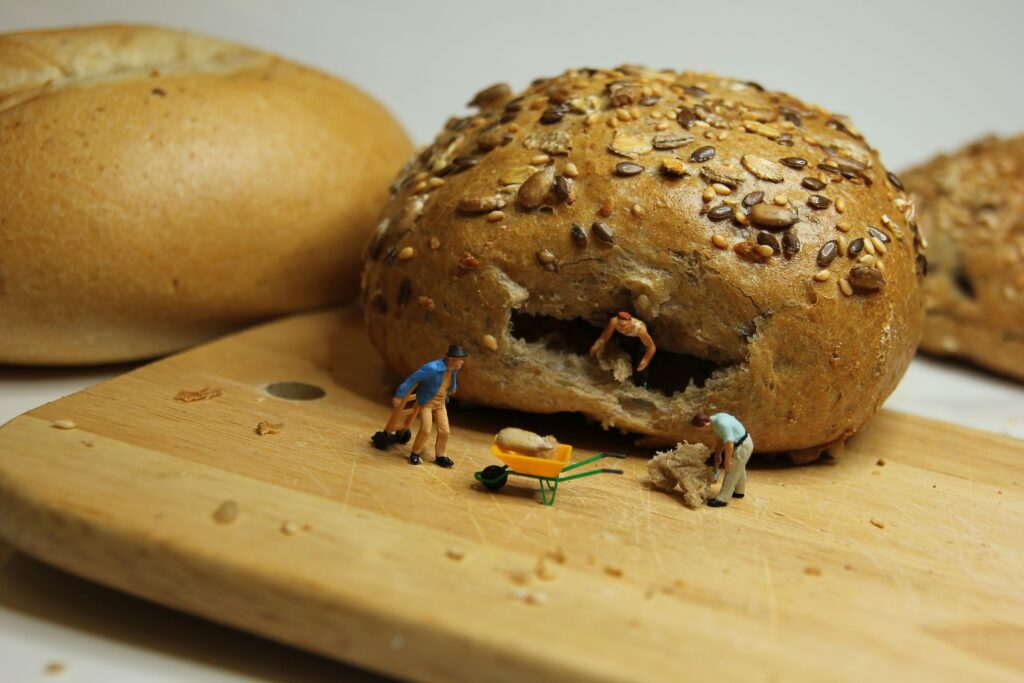Livestock
No Results Found
The page you requested could not be found. Try refining your search, or use the navigation above to locate the post.
No Results Found
The posts you requested could not be found. Try changing your module settings or create some new posts.
Curated Content From Around the Web
Can Red Clover Cure Fescue Toxicosis?

As part of his research into how an ingredient in red clover, biochanin A, improves feed efficiency and weight gain in ruminants (see last week’s article), USDA Agricultural Research Service scientist Michael Flythe did his due diligence, looking for other possible effects of this isoflavone. This extra step led to his discovery that biochanin A can prevent fescue toxicosis. “I wanted to know what happened to biochanin A and the other isoflavones after the rumen,” says Flythe, a research microbiologist for the USDA Agricultural Research Service. “It’s just good science to consider everything that your treatment might do to the animals.” Flythe knew that biochanin A had to be absorbed because it had been reported as having estrogenic effects on sheep; their fertility was reduced. So he dug into the human nutritional and medical literature and found that isoflavones were explored as ways to relax constricted blood vessels to help…
Read More
Read More
Making Money With Easter Egg Cows and Rejects
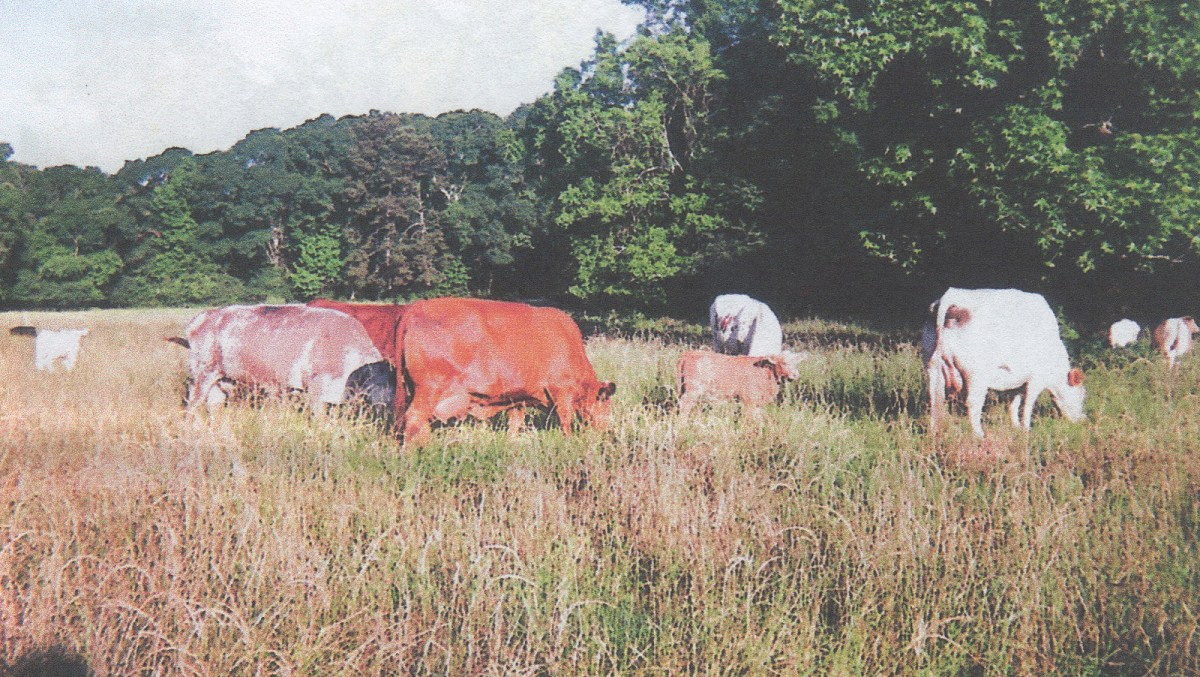
The cows in our pastures don’t look anything similar to the cows in most pastures in our area. There are many reasons for this but the main one I guess is that we are not willing to pay for the “good kind.” So consequently, our cows are every color that it is possible for a cow to be. there are black cows and red cows, and black and white spotted cows and red and white spotted cows and gray cows and white cows. My wife, Betty, Betty calls them our Easter eggs. It would be correct to assume by looking at this conglomeration that hide color is not very important in our scheme of operation. Color is not he only criteria we give little consideration when we buy cows. The breed is of no importance to us other than we stay away from dairy breeds. I haven nothing bad to say…
Read More
Read More
Black is Only a Color
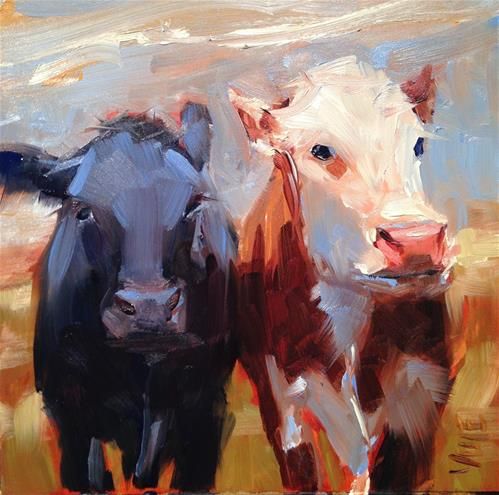
I really appreciate Mr. Don Keener’s comments on my piece “Breeds For A Changing Climate.” I know now that at least one person is reading my stuff. His comment brought up some thoughts to share. Here’s an example of our “Easter Egg Cows.” Now y’all understand most of what I write about is from my experiences. I have owned Brangus cattle and thought that they did a decent job. But when the black craze came along we thought the price that some folks were willing to pay made them too expensive for us to own. Now some would think this would be a reason to keep these cattle, but we are in the business of selling grass. And if we can keep the cost of production below the market price, color to us is not that important. We have sold cattle on video sales, private treaty sales and the sale…
Read More
Read More
Sooo… I am RUNNING OUT OF SPACE
Deer and Cattle Eat Rabbits
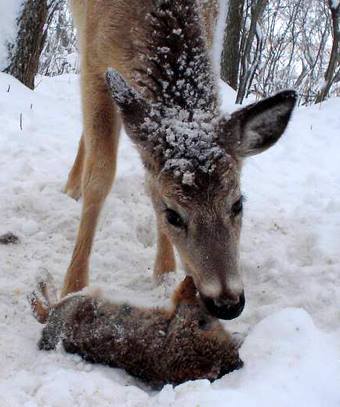
Birds aren’t the only creatures deer might eat. Here one dines on a bunny. For years, visitors to the Scottish island of Rum were puzzled to find the bodies of Manx shearwater chicks missing their heads, wingbones and leg bones. Then a few years ago, a hunter saw a red deer chewing on a chick. Scientists used that sighting to give them clues, and now it seems clear that the deer are eating parts of the chicks to give them the calcium they need to grow strong antlers. This isn’t the only instance of supposed vegetarians eating meat. There are bird-eating sheep in the Shetland islands. In the U.S. the miniature video cameras biologists use to monitor nests are revealing that weasels, mice, ground squirrels, and white tail deer eat both eggs and birds. Canadian bird researchers capturing songbirds in mist nets were astonished to see deer eating the birds…
Read More
Read More
Thinking Through Grazing Problems to Find a Better Solution
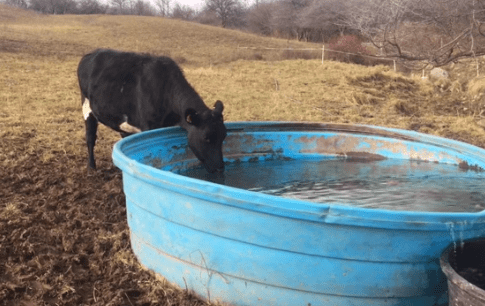
Creative problem-solving is the most important tool to have in your grazing toolbox. So this week, I’m sharing articles that will help you boost your skills in that area. We start with the basics: a list of steps that will help you to begin thinking like Einstein. Creative Problem Solving – Yes! YOU can think like Einstein! (Free) Next, here’s Luke Jessop showing us the steps in action as he figures out how to get water to his livestock when his well begins to go dry. Not only are the solutions helpful, but you’ll get a sense of what creative problem-solving looks like on the ground. I Couldn’t See the Forest…or the Water, For the Trees Here’s how John Marble figured out how to move his livestock more easily all on his own. His method allows him to avoid running, something that protects our knees and ankles when moving around…
Read More
Read More
What does the cow say?
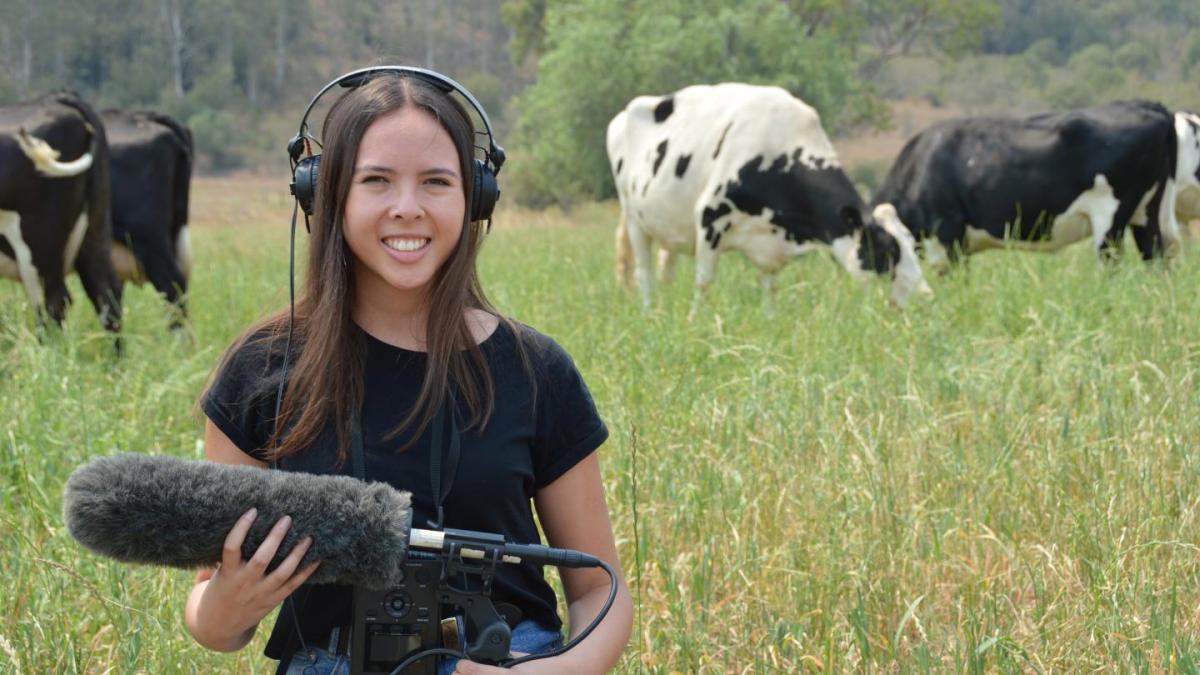
Photo credit: Lynne Gardner/University of Sydney Alexandra Green sees the humor in her work when she declares that someday she hopes to be a “cowmoonicator.” Green has been studying the vocal behavior of dairy cattle. Her work has shown that individuals have distinct voices, and that there are specific “moos” that communicate information. Working with a herd of 18 Holstein-Friesian heifers over five months, PhD student Alexandra Green from the University of Sydney determined that the cows gave individual voice cues in a variety of positive and negative situations. Together, it’s a language that helps them maintain contact with the herd and express excitement, arousal, engagement or distress. She recorded 333 samples of cow vocalizations and analyzed them using acoustic analyses programs with assistance from colleagues in France and Italy. A few of the results include the beginnings of a “cow dictionary.” For example, there is a “word” for anticipation…
Read More
Read More
Can Animals Learn to Prevent Bloat?
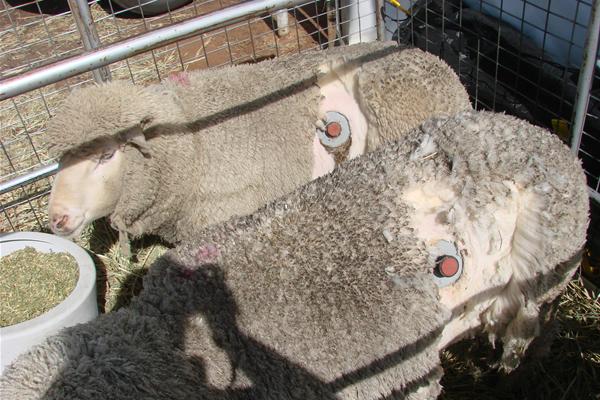
Juan with one of his study participants Dr. Juan Villalba, Utah State University, studies how animals choose what to eat so he can help producers create more efficient alternative for managing animals and the landscapes they inhabit. Since bloat is a real challenge for them, recently, he investigated if ruminants can learn which foods to eat to relieve the effects of bloat. His results provide a new understanding of how animals form food aversions and preferences and have Juan thinking about the next steps in teaching animals to alleviate bloat. Juan’s experiment used lambs* with rumen cannulas and balloons. Here’s how it worked: Balloons that could be inflated or deflated were placed in the lambs’ rumens. Lambs were then fed one food and the balloon was inflated to simulate bloat’s effects. Next the lambs were fed a different food and the balloon was deflated to relieve their bloat. Once the…
Read More
Read More
Preserving Livestock Genetic Diversity
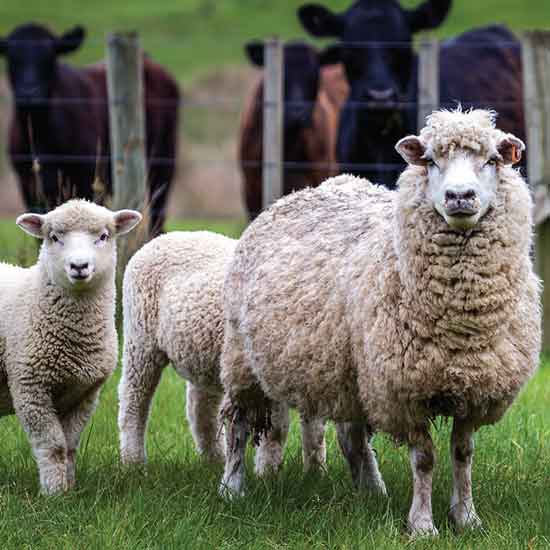
Just as the Svalbard Global Seed Vault in Norway is striving to preserve irreplaceable seeds for future generations, the National Animal Germplasm Program (NAGP) in Fort Collins, Colorado, has a mission to preserve livestock genetic diversity. Working as part of the Agricultural Research Service, the NAGP has built a germplasm resource base that reflects the diversity of current livestock populations. The NAGP now holds nearly a million DNA samples from over 150 breeds of domesticated animals — the world’s largest assortment of livestock genetic material. This spans species from pigs, cows, and chickens to “wild” animals, such as elk, yaks, and bison.One motivation for building this collection is to prevent diseases from permanently decimating global livestock populations. A 2001 outbreak of foot-and-mouth disease across Britain led to the destruction of millions of infected cattle and sheep and billions in lost revenue for farmers. Such large-scale outbreaks risk becoming unprecedented tragedies…
Read More
Read More

